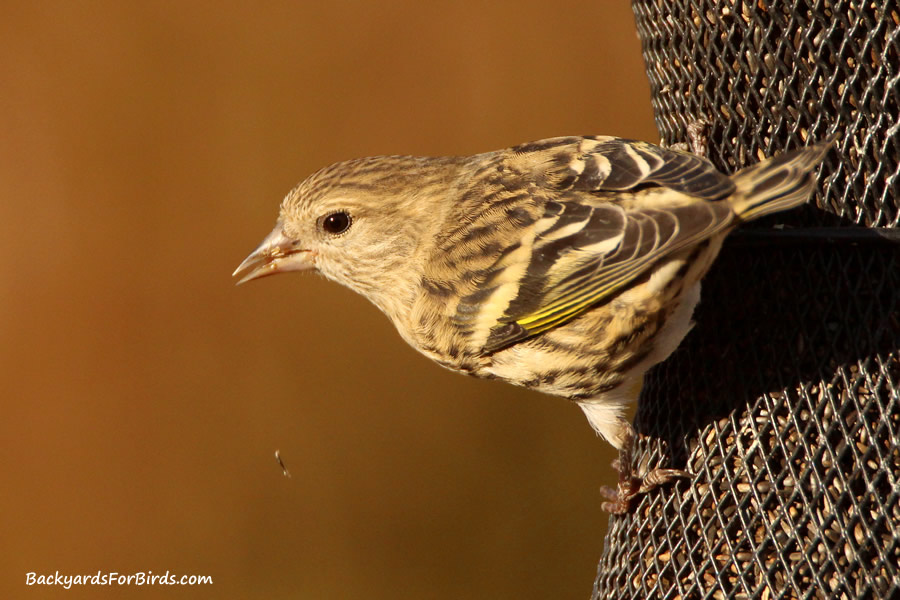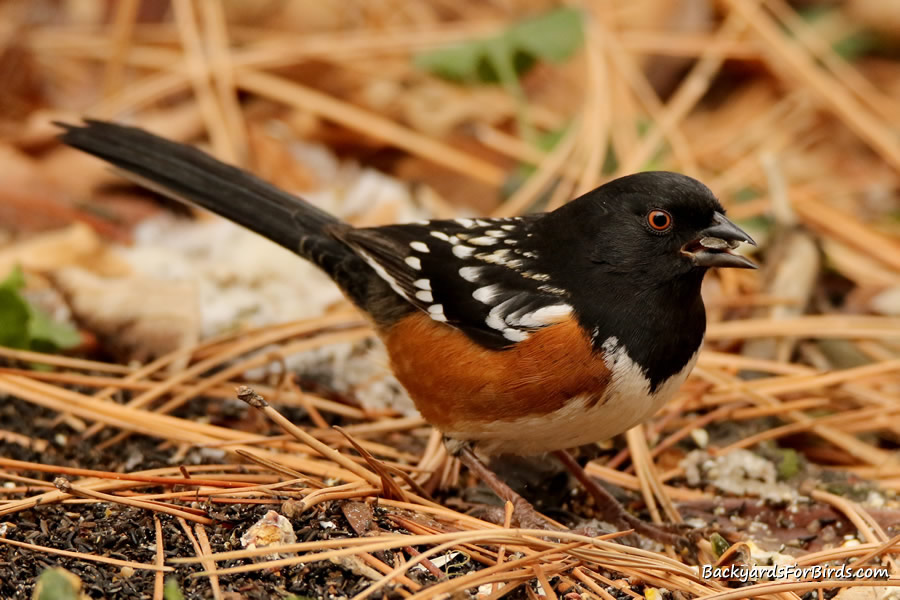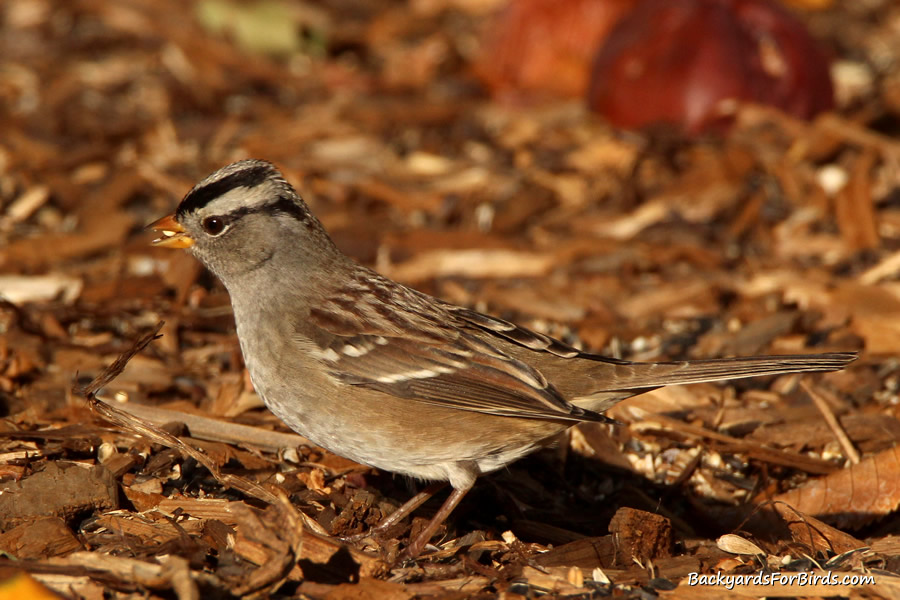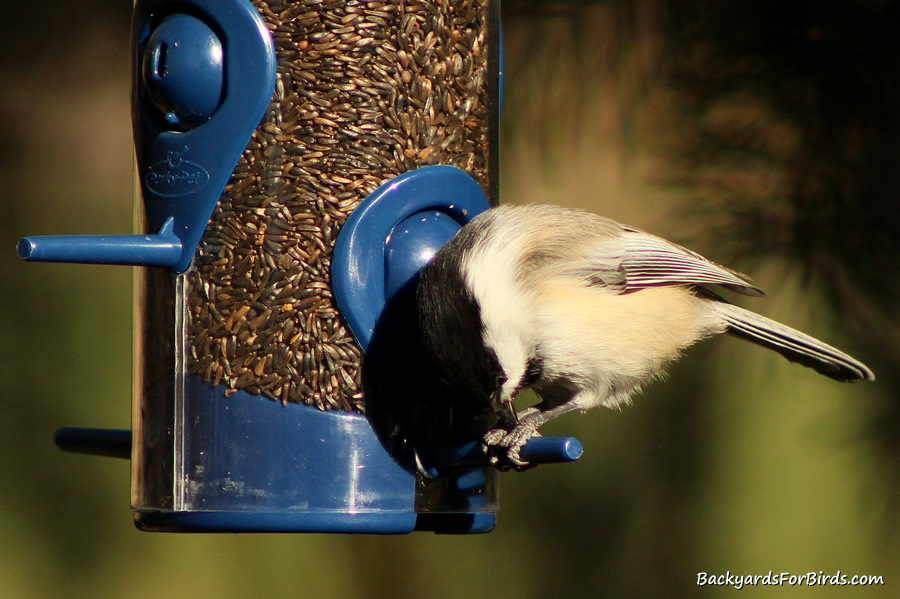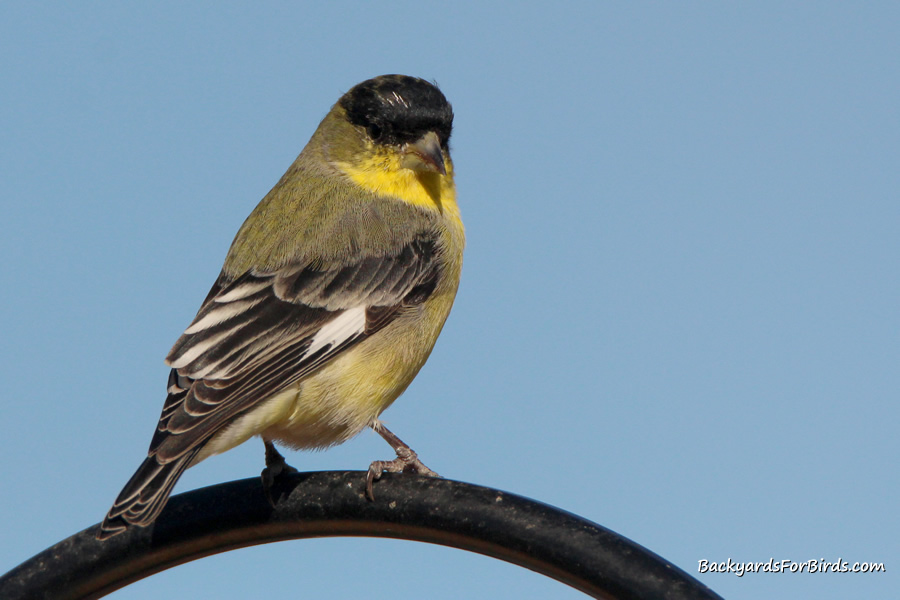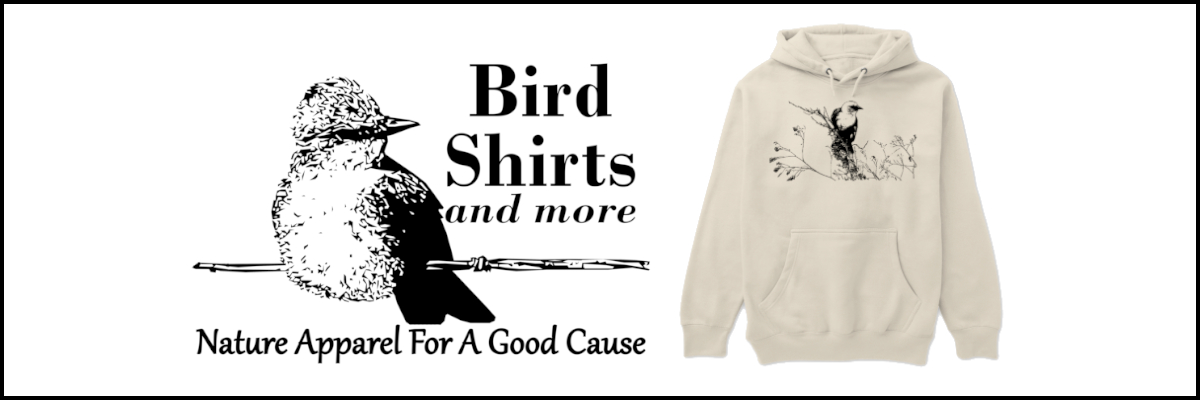What is it about backyard bird feeding that is just so darn relaxing? Honestly, I don’t know. I just don’t rightfully know. As a backyard bird watcher myself, I can’t explain it. I’ve thought about it a million times and, well, I just can’t put it into words, even if I tried.
If truth be told, however, I don’t think anybody can really explain it, and that’s ok. The joy of backyard bird feeding needs no explanation, really. In fact, defining it might actually take away from the charm of attracting and feeding wild birds in one’s yard.
It’s just one of those things in life that can simply put a smile on our face, even after a challenging day at work, and that, in and by itself, should be enough.
Once you experience it for yourself, you too can come to see why feeding songbirds is so relaxing and quite enjoyable but nearly impossible to explain to others.
But even while being so indescribable, there is definitely something so soothing, so therapeutic about having some of nature’s most beautiful creatures, such as the alluring goldfinch, come and spend some of their time with us in the backyard, oftentimes just a few short yards away.
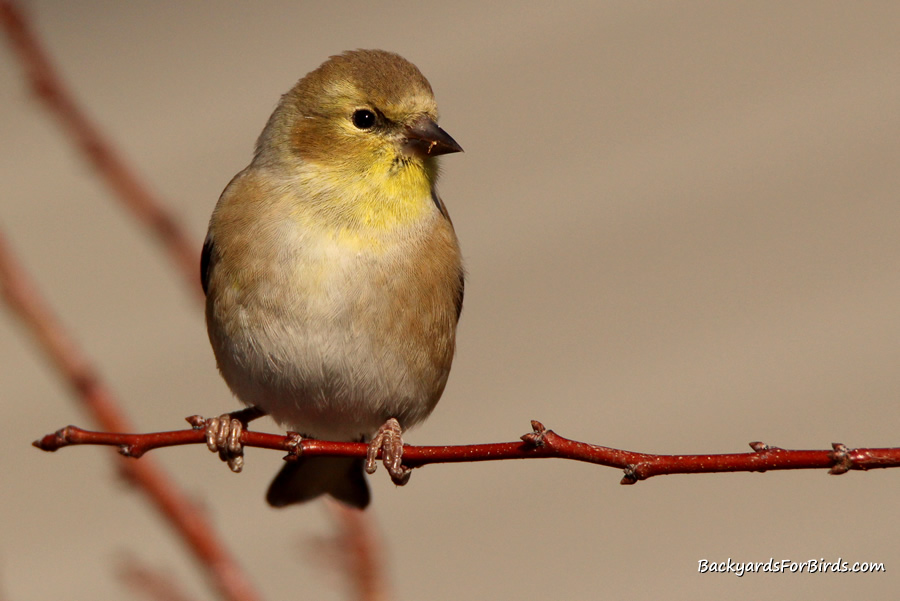
Goldfinches are some of my most favorite backyard bird feeding visitors. I get them in my yard year-round, and I put out both birdseed and water throughout the seasons to help entice these brightly colored and uplifting birds to the premises.
They are quite easy to attract, and they can be very animated, as well as entertaining, while at a simple bird feeder. But feeding goldfinches can have a drawback, however. House sparrows are oftentimes attracted to backyard bird feeders and can be, well, let’s just be honest here, a bit of a nuisance at times.
Don’t get me wrong by this, however, I love all birds, but house sparrows can be quite overwhelming at a backyard bird feeder if you let them be as such. They waste a lot of bird food and they can easily push out many other types of birds, particularly ones you are actually trying to get to come to your bird feeders.
Keeping house sparrows away from goldfinch feeders might seem like a daunting task, but it is possible to discourage sparrows from using finch feeding stations by using specific foods, such as nyjer seed and small grass seeds such as millet, with bird feeders specifically designed for goldfinches and these certain types of seeds.
Yes, you can have both goldfinches and sparrows in your yard without much, if any, direct competition between the two species, if done correctly. We are currently doing it in two separate yards so let me show you what is currently working for us.
A little bit about house sparrows
In order to combat the pesky house sparrow at the bird feeder, it helps to understand a little bit about house sparrows, especially their feeding behavior and preferred foods.
House sparrows are omnivorous, meaning they eat both plant and animal matter. Grains and seeds, such as corn, oats, wheat, and sorghum as well as ragweed, crabgrass, and buckwheat, are commonly consumed foods of the house sparrow. During the summer, insects make up a good portion of their feeding efforts for food for their young.
While at backyard bird feeding stations, house sparrows will feast upon a variety of seeds, including milo, millet, cracked corn, and black oil and hulled sunflower seeds, ingredients commonly found in many inexpensive wild bird food formulas.
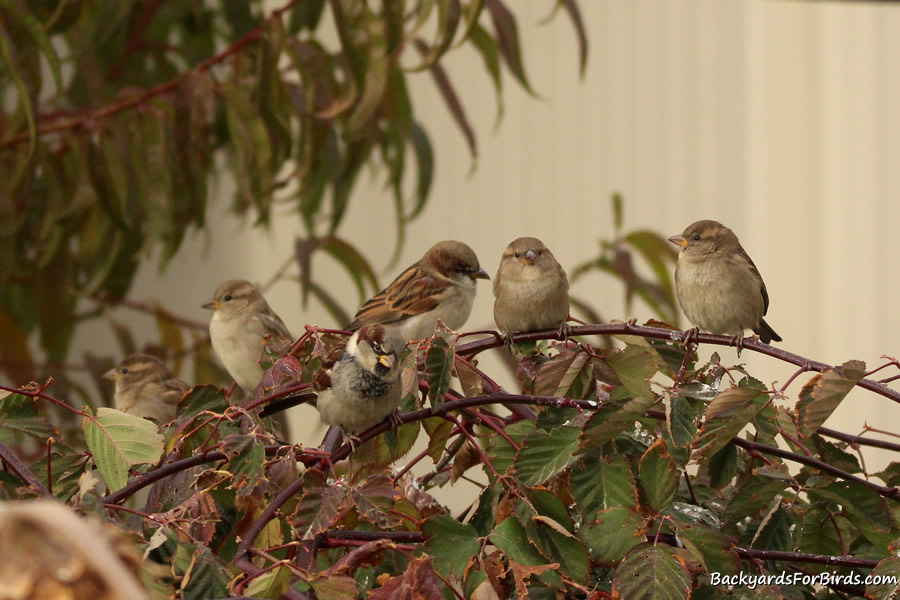
They can also be a bit picky at times, too, while perched on a bird feeder, tossing their beaks side to side and effectively throwing a lot of good seed to the ground while searching for something in particular.
Being a grain and grass seed eater, house sparrows are, for the most part, a ground feeding type of bird. That’s not to say they won’t come to a bird feeder, because we all know they indeed do. But by their own nature, house sparrows are most comfortable feeding from the ground while looking for already fallen seeds.
We see this in our own yards. Some house sparrows do indeed go to the large bulk feeders but the vast majority of them spend their time underneath the feeders picking up spilled seeds and grains. It’s just a few at the feeder making a huge mess that gives them a bad name from causing so much waste.
A little bit about goldfinches
Goldfinches are quite different from house sparrows in both their feeding behavior and their diet, two things we can use to help separate the two bird species in the backyard with a little effort.
Seeds from plants, weeds, and grasses are what makeup almost all of the goldfinch’s diet, including seeds such as sunflowers, thistle, aster, to name a few, as well as some buds from a variety of trees.
The feeding behavior for the goldfinch is typically hanging on seed heads of tall plants, such as a sunflower, and, in effect, pulling them downwards while picking at the seeds. They don’t commonly feed on the ground but prefer to go from plant to plant looking for dried seed heads from which to feed.
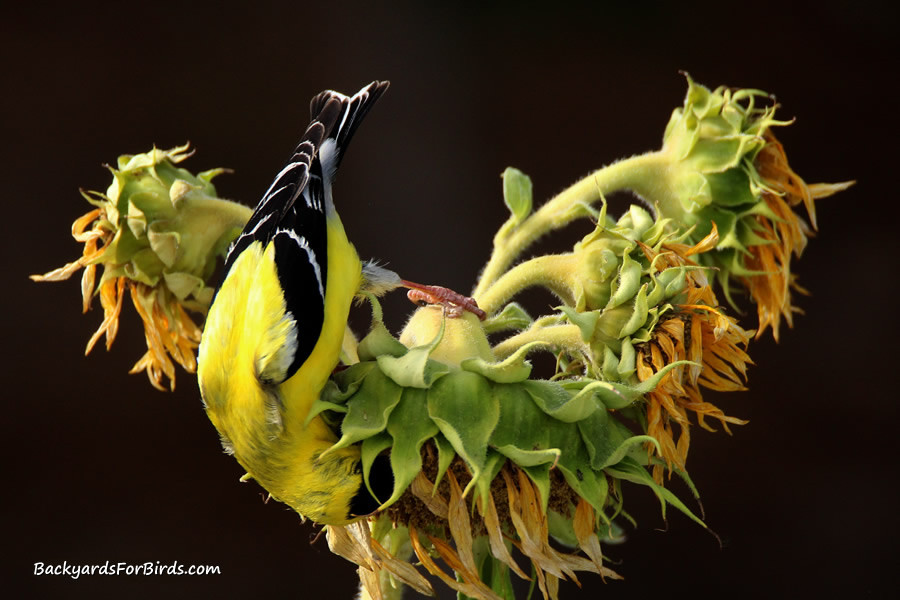
Nyjer, otherwise known as thistle seed, is a preferred food of the goldfinch at backyard bird feeders everywhere. Nyjer seed, fortunately, isn’t a preferred food of the house sparrow so we can use that, as well as other preferred foods and feeding behaviors between the two species, to start to separate the sparrows and finches in our yards.
The truth of the matter is, house sparrows are here to stay no matter what we do. Being an introduced species and very adaptable around humans and their environments, such as our backyards, the best we can hope for is to learn to live with the house sparrow and adapt our bird feeding tactics to not entice them any more than they already are.
Bird food to attract goldfinches
Feeding goldfinch’s while discouraging house sparrows starts with the food itself. Using the right type of food, particularly nyjer (thistle) seed or small millet seeds, means being able to use feeders designed solely for goldfinch’s and not for sparrows.
Yes, there are actually feeders designed to both attract goldfinch’s and deter house sparrows, and they do indeed work. We use them and have had almost no interaction from house sparrows on our finch feeders from the first day we started using them in our yards a few years ago.
But please keep in mind though, these specific feeders do require certain types of seeds to be used in them or the birds won’t be able to get to the seeds.
Nyjer and small grass seeds, such as millet, are extremely small and can be pulled through the small feeder openings by goldfinches but not by sparrows due to differences in their beak sizes. These seeds are also both highly favored by the American and lesser goldfinch.
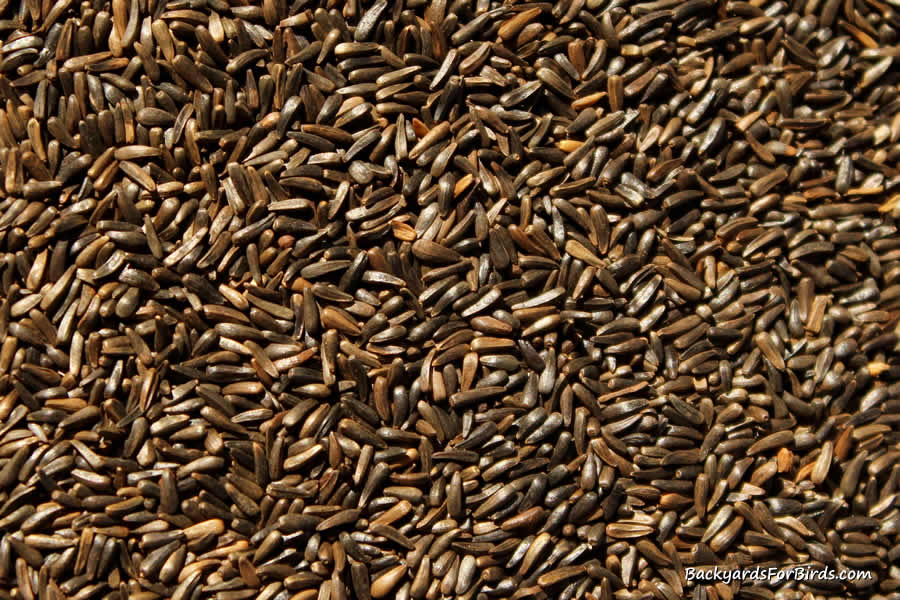
Nyjer seed is the most favored goldfinch seed, at least from my own observations, that is, and what I use most of the time. It is commonly known as “thistle seed” but has no relation to the actual thistle plant.
I have also used millet seeds with great success. The current commercial blend I am using has white proso millet, canary grass seed, red millet, sunflower chips, and a little nyjer seed tossed in for good measure.
Initially, I was worried even this small size of grass seed was too big and it wouldn’t fit through the small feeder opening, but the goldfinches are readily eating it so it does indeed work with at least one of the feeders I will detail in a moment.
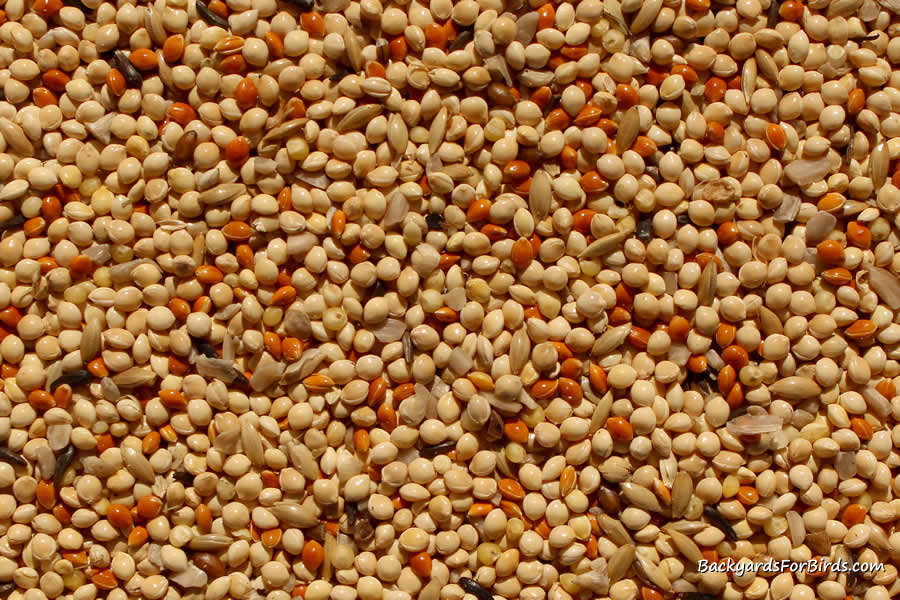
Feeding the sparrows
If you are going to put out bird food for house sparrows, and we actually do just that, use an inexpensive blend that has milo, cracked corn, wheat, and some black oil sunflowers in it. Just go for the cheapest blend you can find and don’t worry about it too much.
House sparrows will make a mess no matter what they are eating so you might as well use the least expensive food available to save a buck or two. They will oftentimes pick through the feed and toss much of it aside. But ground-feeding birds, such as the white-crowned sparrow, juncos, and the spotted towhee, to name a few, will benefit from this spillage.
Now you are probably wondering why feed the sparrows. Aren’t they already a nuisance so why put bird food out for them when they are already being a pest around the feeders?
The whole reason is to entice them away from the goldfinch feeders. The best way to do that is to offer an easy meal for themselves to feast upon, far away from the finch feeders. Feeding birds of any species will often attract other bird species so by offering food away from the finch feeder, we can start to keep them distracted and away from the goldfinch’s food.
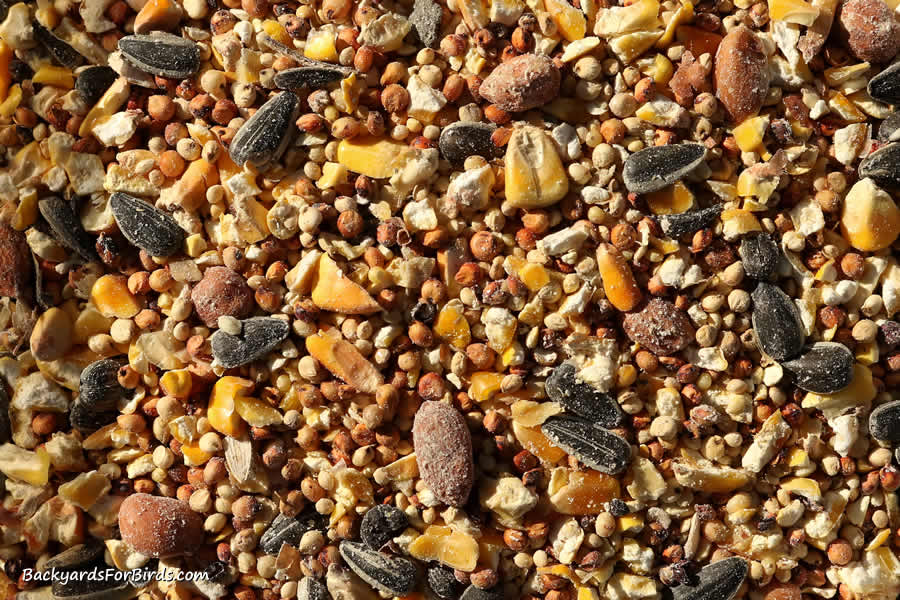
We also only fill the sparrow feeders up once per week. This has seemingly helped encourage them to scavenge the ground for spilled food and, in turn, help clean up the mess they’ve already made. And by weekly filling the sparrow feeders, it has helped “train” them to stay in that particular part of the yard and search for a constant supply of spilled food.
So far, it has certainly been working, and trust me, we get hundreds of sparrows in the yard so we are very well experienced with them and their frustrating feeding behavior.
We have also just started experimenting with feeding sparrows just one type of seed in the bulk feeders to see if that helps discourage the obnoxious and wasteful food tossing house sparrows are well known for.
So far, we are feeding straight millet in the sparrow feeders but still see the same wasteful behavior as with mixed seed. So it seems no matter what, house sparrows will toss whatever seeds you offer them to the ground.
Add some cover
One thing that has helped a ton in keeping the backyard sparrow population in their place is by offering some kind of brush pile or bush very close to the bulk feeders for the sparrows to hide in. We have both a man-made brush pile and a raspberry bush in one of our yards, both of which get inundated with hundreds of sparrows during the day.
It also seems as if the placement of the brush pile is important as well. Keeping it away from the goldfinch feeders seems to help a lot. The house sparrows spend a lot of time in and nearby the brush pile so I think that is a big factor in keeping them away from the goldfinch’s feed.
They will instinctively feed very close by this protective cover so if you offer food nearby, it seems to definitely be helping keep the sparrows away from the finch feeders and stay in their own domain.
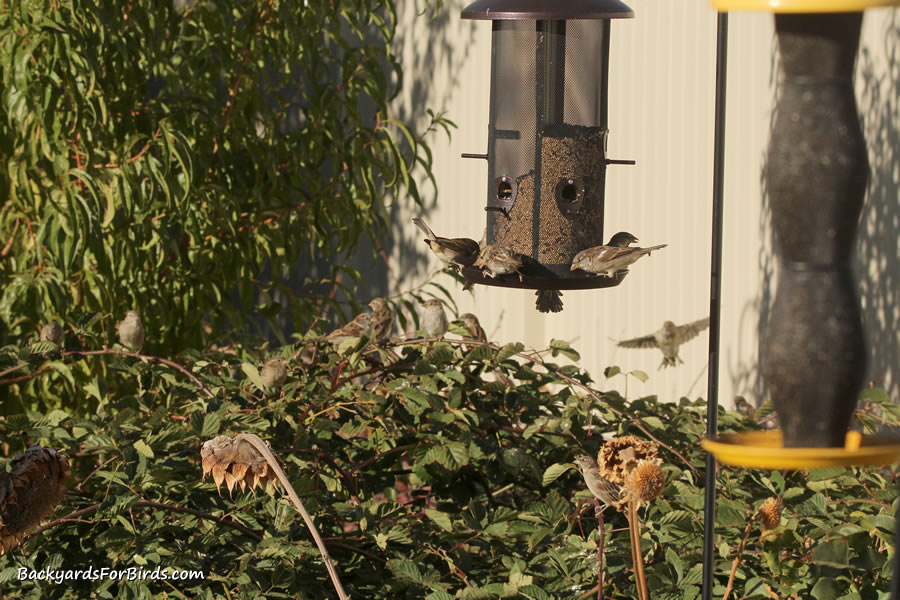
The reason we think the protective cover nearby is such an asset, at least in our own yards, that is, is house sparrows seem to be a very highly preferred food of sharp-shinned hawks, which we get almost daily hitting our large population of house sparrows.
Feeding so close to protective cover helps the sparrows feel safer from these cunning birds of prey and it seems to help keep them away from the goldfinch’s feed at the same time, and for the same reason, protection from predators.
Bird feeders
Goldfinches will feed on a variety of different types of feeders, including the hopper, tube, and platform style of feeders. I have also occasionally seen them ground-feeding during the winter months below a nyjer feeder, but only when too many birds were fighting above for a highly coveted spot at the feeder.
They are pretty adaptable to the different types of bird feeders available on the market but don’t let this wide array of choices cause you to put out the wrong feeder. Because goldfinches can and like to climb and hang while feeding, you can use that natural instinct to feed them without attracting house sparrows.
Use a tube style feeder for your nyjer and millet seed, one with a very small opening designed just for such seeds.
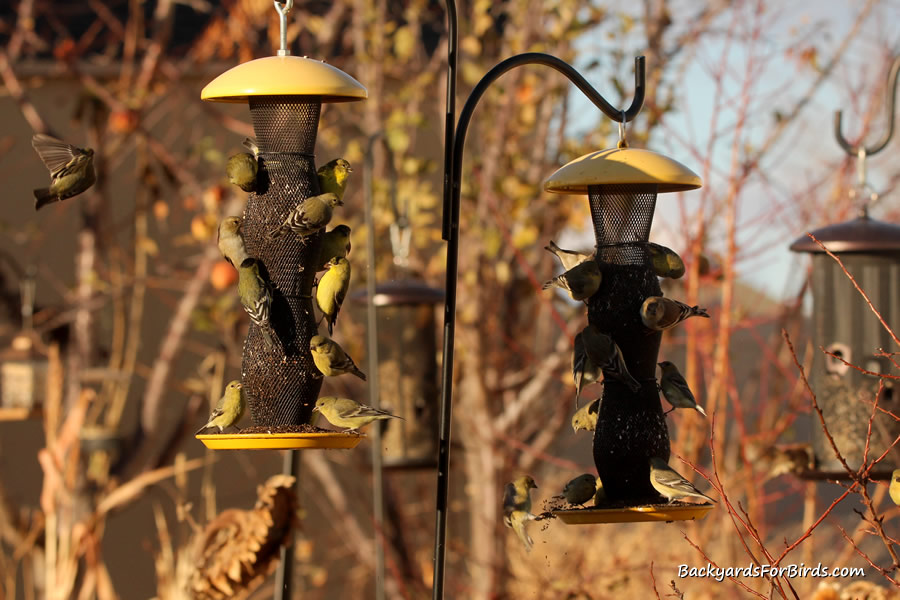
The best overall goldfinch feeder we have used and the one we like the most is a metal mesh-style tube feeder. It has no traditional feeder hole openings and perches so house sparrows are not likely to try and use it.
Also, the small mesh openings are made for the smaller goldfinch’s beaks to pull the nyjer seed through, another reason sparrows don’t care much for it.

One of the biggest advantages of this mesh-style nyjer feeder is we have counted over 14 goldfinch’s on just one feeder alone. It allows for a large number of birds to effectively feed on from just one feeder. So far, from having three of these feeders out, side by side, we have counted over 30 goldfinch’s feeding from them, all at the same time.
They are also very easy to fill and clean, and, being made of metal, they should last for a very long time.
We haven’t tried our millet blend in the mesh-style tube feeder yet so we aren’t sure if the millet can fit through the mesh openings but that is certainly on our list of things to try very soon.
We also use the plastic tube feeders but ones that have smaller feeder openings. House sparrows will try to perch and feed on them, but from what I have seen over several years of using this style of birdfeeder, they get discouraged from the small openings and leave.
Currently, the ones I am using are the Perky-Pet 2 in 1 Wild Bird Feeder. They are very inexpensive and work well for goldfinches when the feeder cup is closed, only giving the birds a small feeder hole to feed on.
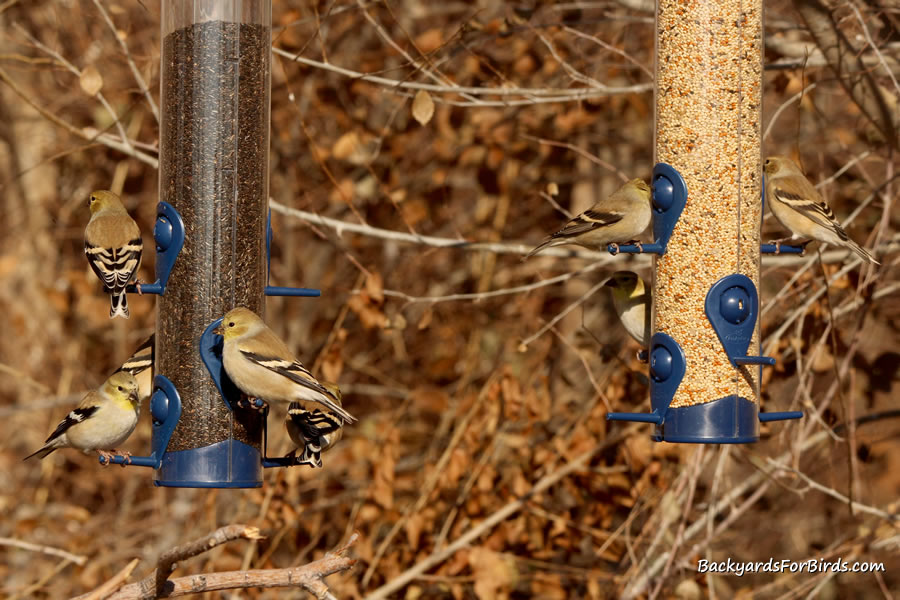
I am currently feeding both nyjer and millet seeds from this style of birdfeeder, and the goldfinches are able to pull both through the small feeder openings. (The actual millet seed mixture I am using is listed above.)
This style of feeder only has 6 perches so if you have numerous finches as we do, you can put out several of these feeders or switch to the mesh style feeder that allows more birds on it at a time. These feeders, being made of plastic, are also easy to fill and clean but won’t last nearly as long as the metal mesh feeders.
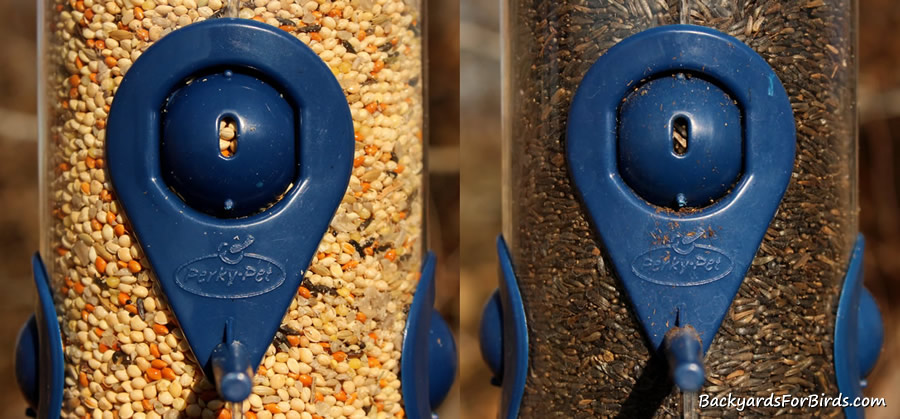
I usually get a couple of years or more out of them before they sun rot, crack and have to be replaced but they very inexpensive so that isn’t much of an issue when only using one or two of them at a time.
The last goldfinch feeder that can be used, one I have only recently started experimenting with, however, is a sock feeder. It’s basically a mesh-style tube feeder but made from soft mesh netting instead of metal. They seem to work well and the goldfinches immediately took to it when I put it out.

So far, I have only used nyjer seed in the sock feeder but because the fabric is pliable, I am certain goldfinch’s could pull the millet seed through the openings as well. I am planning on testing this, however, when my sock feeder needs to be refilled.
Being made out of fabric, the sock feeder won’t last as long as the other feeders but it is a very popular type of goldfinch feeder and one that seems to naturally discourage house sparrows from using it.
Conclusion
Any backyard birder can attest to the nuisance house sparrows can cause at many types of feeders available on the market today. These pesky but animated little birds seem to pride themselves upon spilling large amounts of birdseed no matter what we try and do.
But this frustrating and oftentimes costly behavior can be held in check by using feeders specifically for finches and goldfinches. Start by using nyjer or millet seed and use a tube style feeder with small feeder openings.
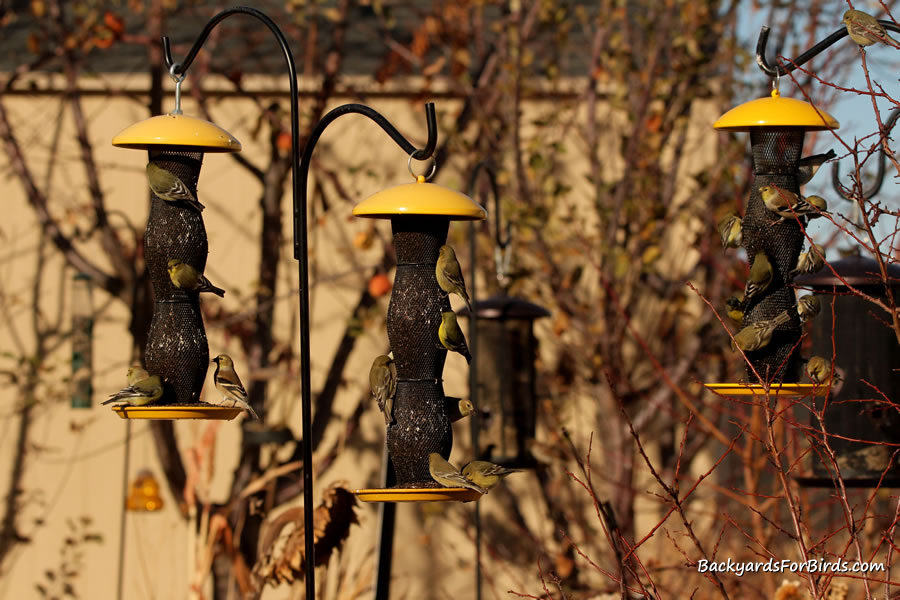
We have also had much success in keeping sparrows away from the finch feeders by adding a bit of protective cover nearby, such as a brush pile or raspberry bush, to help encourage them to stay in a particular area in the yard while hiding from sharp-shinned hawks.
House sparrows can be a trouble-bird in the yard, for sure, but there are things that can help lessen the waste of feed and keep them away from the much more sought after finches and goldfinches.
Sign up for future blog posts
Don’t forget to subscribe to our blog for notifications for future blog posts about birds, butterflies, and all the other fascinating creatures we can attract to our very own yards. Nature is fascinating and even more so when we can observe, learn, and enjoy it anytime we want in our own backyards.
